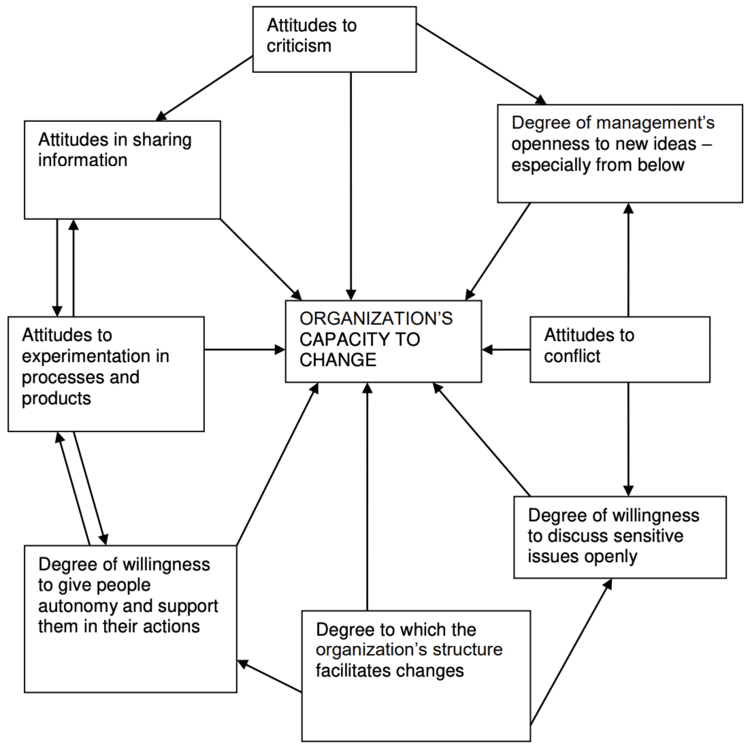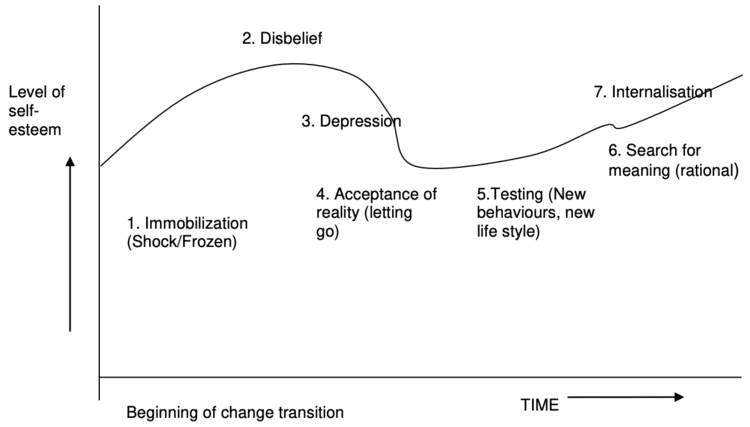Change Management Risks refer to the potential challenges, uncertainties, and pitfalls that arise during the process of implementing significant changes within an organization. These risks encompass a wide range of factors, including resistance from employees, inadequate planning, ineffective communication, and unforeseen technical obstacles.
Identifying and managing change management risks is important for organizations embarking on transformational journeys. By acknowledging the potential hurdles and proactively addressing them, businesses can mitigate their impact and boost the odds of successful change initiatives. The significance of effectively navigating these risks cannot be overstated as it serves as the linchpin for realizing desired outcomes and achieving long-term organizational growth and sustainability.
In lieu of business turnaround challenges, we also encounter change management challenges almost as equally at Turnaround Biz. To share some of the insights that we’ve found over the years dealing with change management, which is also a part of our turnaround services, we believed that we should share a great deal of this info publicly so you can be better prepared for handling the changes within your organization.
Change management is a crucial process that plays a vital role in the success of an organization. It involves planning, implementing, and monitoring changes to ensure they are executed smoothly and effectively. However, change management is not without its risks. These risks can have significant consequences on projects, outcomes, organizations, employees, and customers.
Change management risks refer to the potential challenges and uncertainties that can arise during the change management process. These risks can impede the successful implementation of changes and lead to negative outcomes if not properly addressed. It is important to identify and understand these risks to mitigate their impact and increase the likelihood of successful change initiatives.
Organizational culture and change occurs predictably as proclaimed by researcher Gabriela Golumbovici from Oxford Brookes University’s research on Turnaround in Small and Medium Sized Businesses (2008). The organization’s capacity to change and their subcomponents are shown below:

The degrees of willingness to give autonomy, degrees of the organization’s structure enabling change, degree of willingness to discuss openly along with management’s openness factor into the capacity to change. Additionally, attitudes to experimentation, attitudes to conflict, sharing information and attitudes to criticism have equal weighting in factoring int the potential, as shown above.
Beyond the organizational standpoint, change management risks also happen at the personal-level.
Psychologically, turnarounds can take a toll on the workforce so it’s important to consider this factor, too, as self-esteem changes during transitions. The common path over time is shown below:

So it’s important to look at both organizationally and personal as changes affect both dimensions.
Change management risks can have far-reaching effects on various aspects of an organization. Projects can encounter delays, budget overruns, and scope creep due to unforeseen risks. Outcomes may fall short of expectations, resulting in decreased efficiency, productivity, and customer satisfaction. Organizations may experience resistance to change, employee dissatisfaction, and increased turnover. Customers may face disruptions in services or products, leading to dissatisfaction and potential loss of business.
Understanding and proactively managing change management risks is crucial to minimize their impact and increase the chances of successful change initiatives. By identifying and addressing potential risks early on, organizations can develop strategies and contingency plans to mitigate them effectively.
We explore some common change management risks that organizations often encounter during the change management process next.
Below are the common risks:
During change initiatives, individuals or groups may face potential challenges and exhibit resistance. This resistance can stem from fear of the unknown and a lack of understanding about the reasons behind the change. To overcome resistance, strategies such as fostering open communication, addressing concerns, and creating a supportive change culture can be employed.
Effective communication is crucial during change initiatives. Poor communication strategies can result in various risks, including confusion, misinterpretation, and rumors. Mitigating these risks involves establishing clear channels of communication, actively listening to employees, and providing regular updates to keep everyone informed and engaged.
Strong leadership and active stakeholder engagement play a vital role in change management. Risks can arise when leaders and key stakeholders do not fully support or actively involve themselves in the change process. To enhance leadership and stakeholder engagement, strategies such as creating a shared vision, involving key stakeholders in decision-making, and fostering strong relationships with executives and managers should be implemented.
Thorough planning and preparation are essential before implementing any change. Risks associated with inadequate planning include resource allocation issues and overlooked dependencies. To mitigate these risks, conducting comprehensive assessments, setting realistic timelines, and ensuring all necessary resources are allocated properly are crucial steps.
Training and development are key aspects of successful change adoption. Risks associated with inadequate employee training can include difficulties in adapting to new processes or technologies. Addressing these risks involves developing tailored training programs, providing ongoing support, and encouraging employees to continuously learn and develop new skills.
Continuous or frequent change initiatives can lead to change fatigue among employees. This can result in feelings of overwhelm, burnout, or resistance due to a lack of stability. To mitigate change fatigue, effective change communication, listening to employee concerns, and balancing change initiatives with stability measures are essential.
Organizational culture and structure can significantly impact change management efforts. Risks can arise from rigid or resistant cultures, hierarchies, or siloed departments. Strategies to promote a supportive culture and structure include fostering collaboration, encouraging open communication, and empowering employees to contribute to the change process.
Change initiatives can disrupt established workflows, leading to potential risks such as delays, bottlenecks, and confusion. To minimize productivity loss, effective resource management, clear guidelines, and training programs that facilitate a smooth transition should be implemented.
The success of any change implementation relies heavily on the expertise of change management practitioners. These professionals understand the intricacies of managing change and are equipped with the necessary skills to navigate through the complexities that come with it.
When there is a lack of change management expertise, organizations face various risks that can hinder the effectiveness of their change strategies. One notable risk is the implementation of ineffective change strategies. Without knowledgeable professionals driving the change process, organizations may end up adopting strategies that do not align with their goals, leading to wastage of resources and time.
Inadequate stakeholder management is another risk associated with the lack of change management expertise. Change initiatives require active involvement and support from various stakeholders, including employees, management, and external partners. Without the guidance of experienced change practitioners, organizations may struggle to effectively engage these stakeholders, resulting in resistance, confusion, or even opposition to change.
To address these risks, organizations should invest in change management training for their employees. This training will equip them with the necessary skills and knowledge to manage change effectively. Additionally, organizations can consider hiring skilled change management professionals who can provide expert guidance and assistance throughout the change implementation process.
Managing change management risks is crucial for the success of any organization’s change initiatives. We hope you have gained a deeper understanding of the various risks that can arise during the change management process.